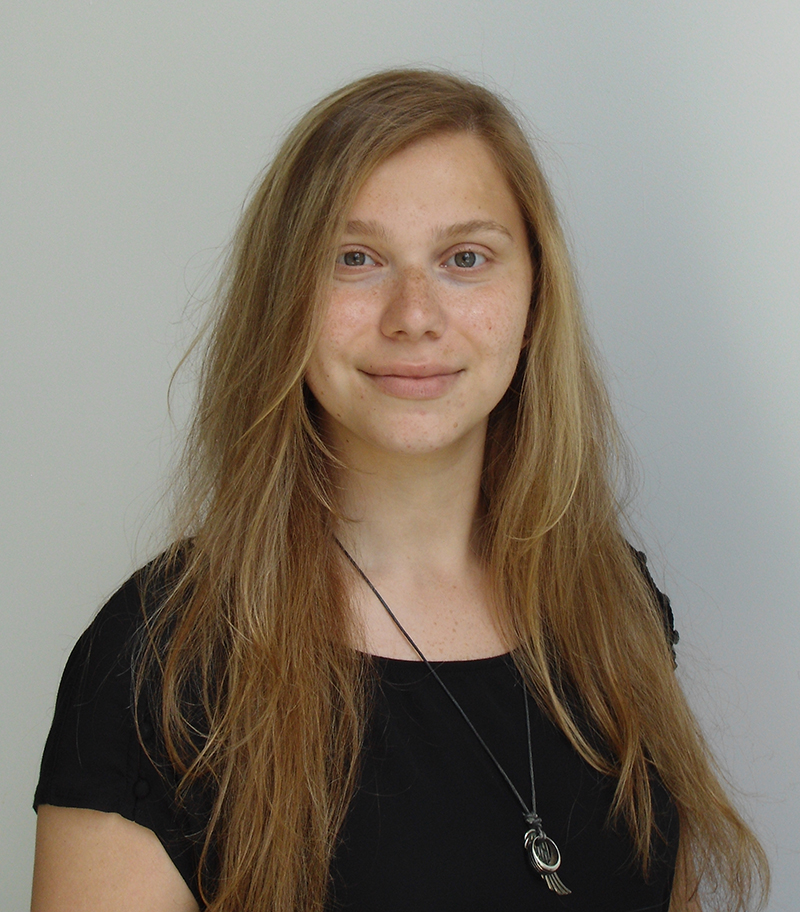Professor Aya Sakaya has joined the Department of Chemistry’s St. George campus this August, taking a role as an Assistant Professor, Teaching Stream in the field of physical chemistry.
Sakaya received her PhD from McGill University (Cosa group), where she developed fluorescence microscopy platforms to study the kinetics of bio-redox reactions in lipid membranes and image their ensuing membrane dynamics. Her postdoctoral research focused on the study of viral protein-RNA interactions at the single molecule level.

"My interests lie in chemical education practices, particularly within the field of physical chemistry," she said. "My goal is to help students understand how fundamental concepts in physical chemistry apply across all fields of chemistry, and to connect this knowledge to real-world applications."
In the classroom, Sakaya strives to enhance student learning by demonstrating the relevance and ubiquity of physical chemistry, highlighting how these concepts connect to everyday life, current research, and technological advancements. Examples she uses in the classroom range from from healthcare applications for testing new medication and developing biosensors to physical chemistry technologies used in devices like electric cars or QLED screens.
"My absolute favorite is the rice cooker! One fundamental physical chemistry concept we learn in class is that as water evaporates, the temperature remains constant until all the water has evaporated, transitioning from liquid to gas. Rice cookers have a temperature sensor and stop heating once they detect a temperature increase, which tells you that there is no more liquid water in the pot!”
During tutorials, she says, she emphasizes active learning and peer-led activities where students can direct the session's progress. "I encourage active problem discussions. Rather than providing the correct answer directly, students are exposed to various thought processes and problem-solving strategies." Sakaya is also exploring the effects of implementing and combining complementary active learning activities in tutorials in ways that increase student understanding, test performance, and overall course experience.
“I believe that chemistry education should extend beyond the classroom and laboratory and I like to share exciting chemistry concepts with the public through engaging chemistry outreach events," she said. "I’m incredibly thrilled to contribute to chemistry education and to pursue my passion for teaching and science outreach at the University of Toronto!"


